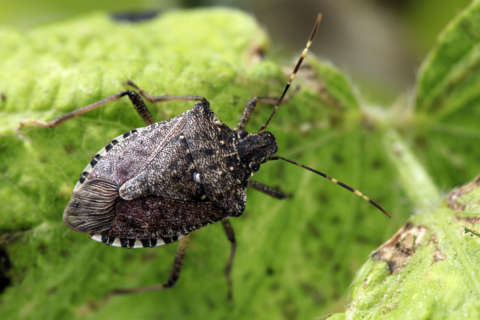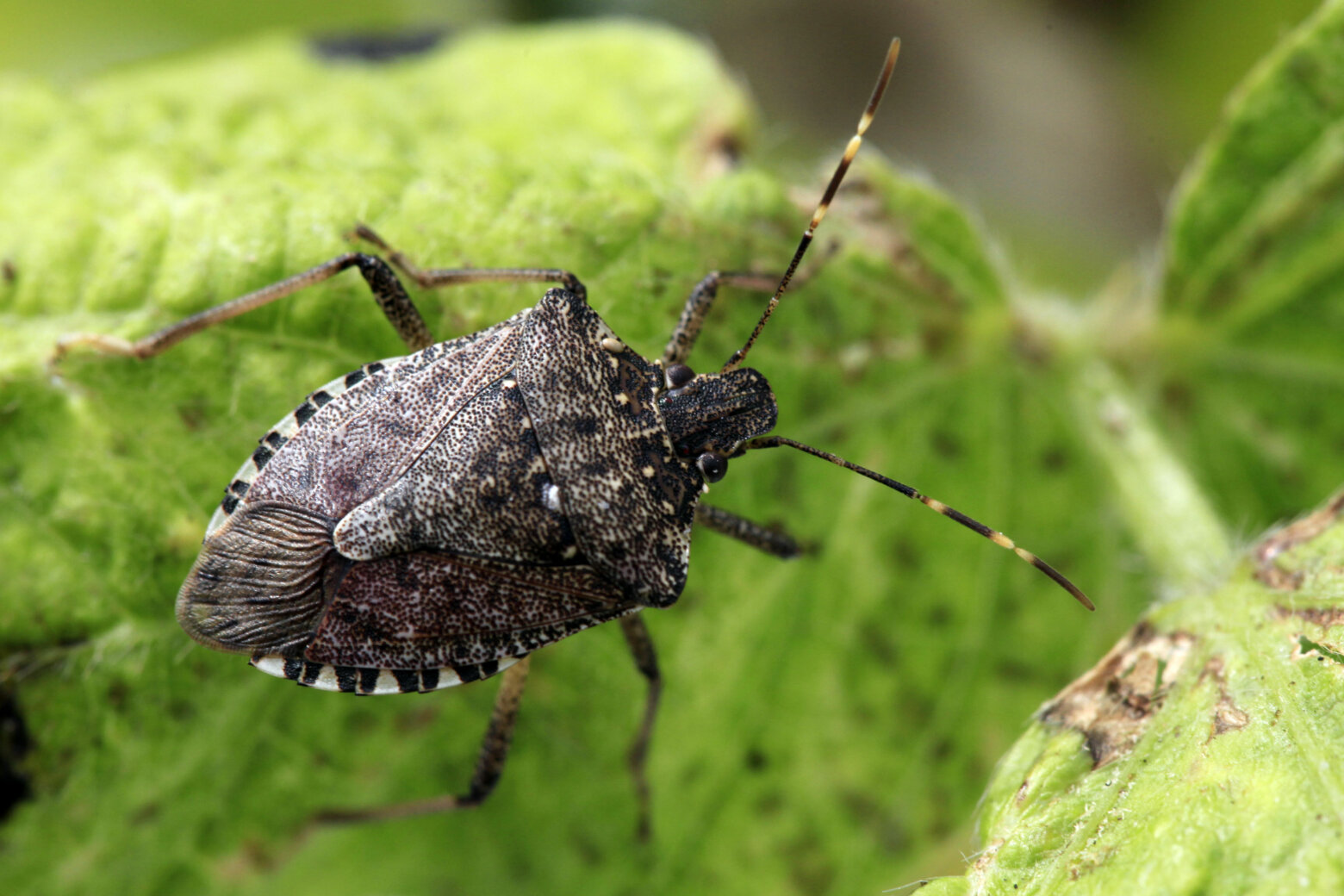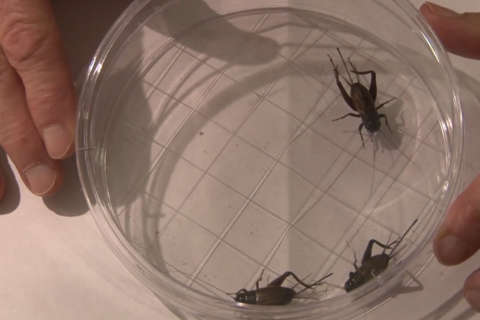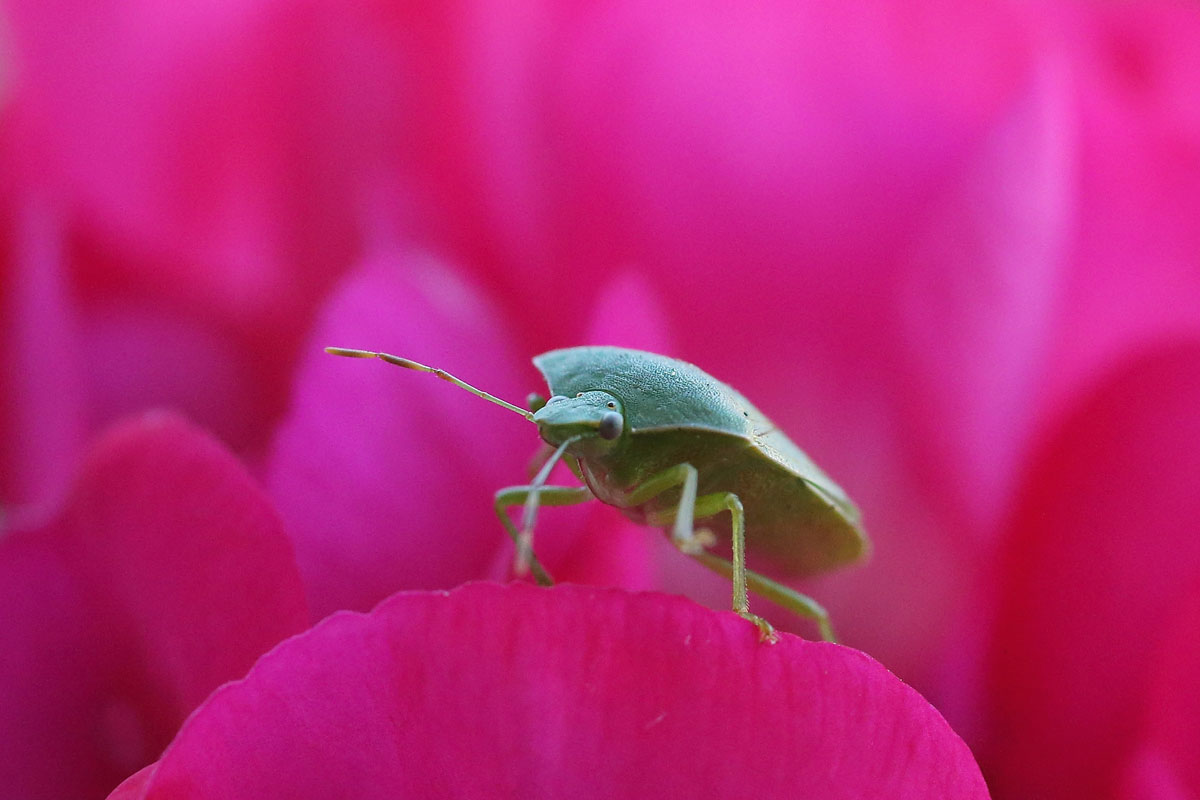
WASHINGTON — Homeowners in the D.C. area are noticing a spike in the number of stink bugs popping up in their homes.
Mike “The Bug Guy” Raupp is an entomologist at the University of Maryland, and he believes a good weather year for the bug’s food source, plants and vegetables, has resulted in a bigger population than that seen over the past two to three years.
“These stink bugs love vegetables; they love fruit, they love the seed pods on trees, so I think they had a good year,” Raupp said.
When fall comes around, Raupp says the bugs turn their focus to finding a winter retreat. In nature, he said, the bugs look for places under bark, under logs and in brush piles to remain during winter — but homes are another popular option.
“This is the home invasion season. They’re coming, looking for a place to spend the winter, and your house is the place,” said Raupp.
The bugs will look for holes in weather stripping, or window or door sealant, Raupp says. Also, holes in the attic, open places around window air conditioners, or gaps in shutters or siding are popular entry points.
“Anything that you do that’s good for winterizing your house, keeping that cold air out, guess what: It’s also going to work against allowing these home invaders in,” said Raupp.
If they are already inside the home, the number one rule is not to smash them, Raupp says. Use a vacuum cleaner to get them, he added, and then pour the bugs into soapy water.
“It turns out these guys are not good swimmers,” he said.
It’s also easy to make a water bottle stink bug trap by following these instructions: First, cut off the top end of a water bottle. Next, invert the removed top and place it into the base of the bottle and tape it on, and add some water to the base of the bottle. Finally, place the trap over the bug, until it falls into the water.
Raupp says the captured bugs can then be placed into the freezer and, once frozen, placed into a compost pile.









